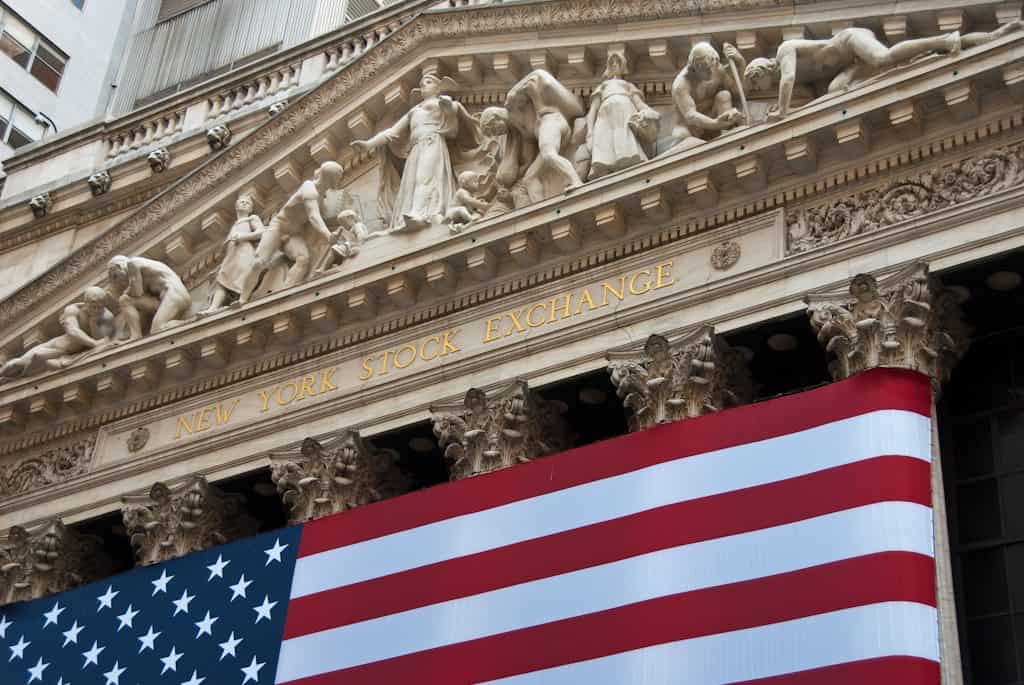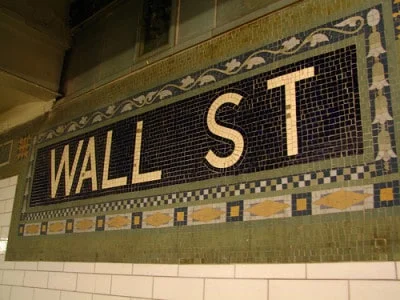Have you ever wondered what the Dow Jones Industrial Average actually is? When did it start and what does it represent? Believe it or not, the Dow Jones Industrial Average (DJIA) was originated in 1896, well over 100 years ago, by Charles Dow and Edward Jones (hence the name Dow Jones). It was created to represent the United States industrial market and was originally made up of 12 industrial companies, many of them gas, coal, and cattle related.
The Dow today is a much different picture and does not just represent the industrial market, but rather a broad spectrum of 30 different companies that often represent the entire market as a whole. When you hear people say, “The market was up today,” they are often referring to the DJIA because it portrays the general market activity so well. Some of the most well-known companies are 3M, American Express, ExxonMobil, Home Depot, McDonalds, Verizon, VISA, Walmart, and Disney.
 Who Owns the Dow Jones Industrial Average Today?
Who Owns the Dow Jones Industrial Average Today?
Since Charles Dow and Edward Jones are long gone, who actually controls the DJIA today? The company that controls the Dow is the S&P Dow Jones Indices, which are actually largely owned by McGraw-Hill Financial. They, along with other major stakeholders decide which companies best represent the overall market and should be included in the DJIA. Just last year there were major changes to the index: Alcoa, Bank of America, and Hewlett-Packard were replaced by Goldman Sachs, Nike, and Visa.
Why You Should Care About the Dow
Since the DJIA covers such a broad spectrum of industries (utilities, transportation, technology, consumer service, oil, gas, and others), it is quite an accurate representation of the overall market. When the Dow goes down, it is likely that the market in general has decreased in value. This is what makes the Dow so powerful. By tracking its daily values, one can visually see the trending of the entire market. And, if you are a technical trader (make decisions based on the movement of the market, not necessarily by financials) then the DJIA is the perfect tool for you to make your decisions.
Secondly, the Dow is often used as a market growth rate to compare other investments. I’m sure you have heard others use the phrase, “beat the market”. They are likely referring to the Dow in the fact that they are trying to get a better return on their investment than what the Dow has done. So, in your investments it is very important to have a benchmark to compare against. This, quite often, is the Dow.
Third, if you are investing in companies that are part of the DJIA, it is very important to note when McGraw-Hill Financials decides to make a switch. They want companies that are growing and have a strong investor appeal to be part of the DJIA. If your company suddenly gets removed from the list, then you should certainly take note, as it is likely fully matured and on its way down.
Finally, since the Dow is so widely known and tracked all around the world, it also plays a huge role in the psychological response of many investors. Meaning, if the Dow goes down 200 points on Monday, and another 300 points on Tuesday, investors that are nearing retirement might grow nervous and pull a large amount of money out of the market. This, in turn, only weakens the market more as the demand has decreased and created a greater supply of shares. This psychological response can often take the market down (or up like we saw in the dot-com era of the 1990s) much farther than it would have likely gone without the psychological factor.
Be sure to take all of these factors into account in your investment decisions. The Dow is not only an index, commonly tracked in index funds, but also a deciding factor for many when they buy and sell in the market.
Image by Michael Daddino / flickr


